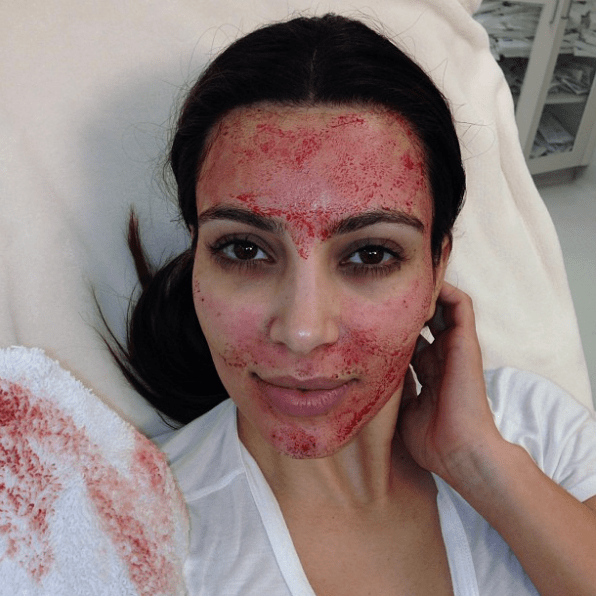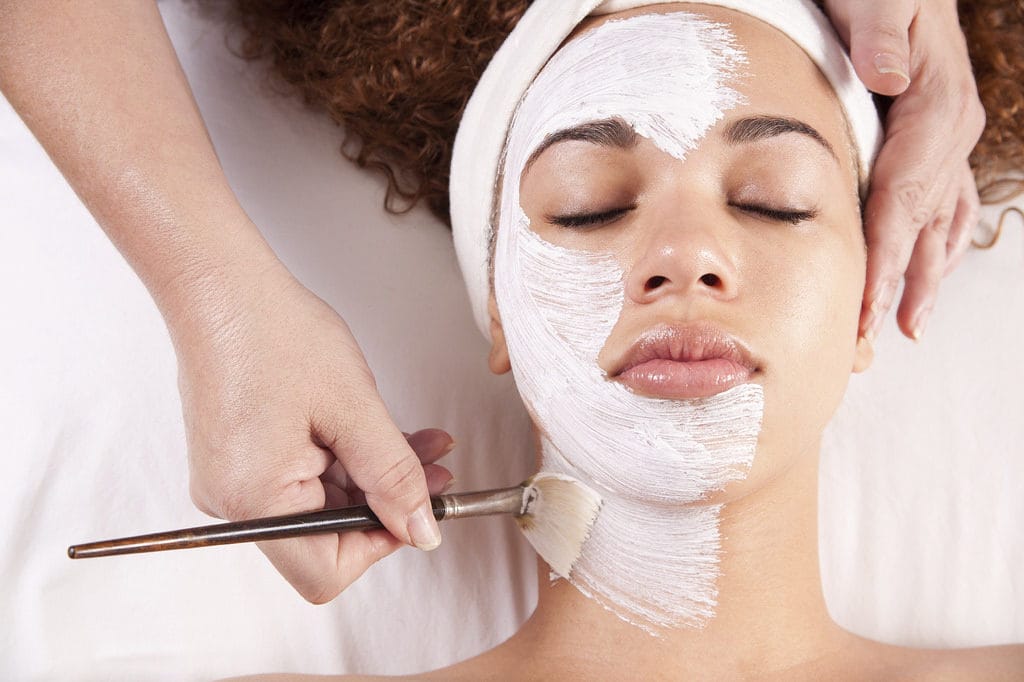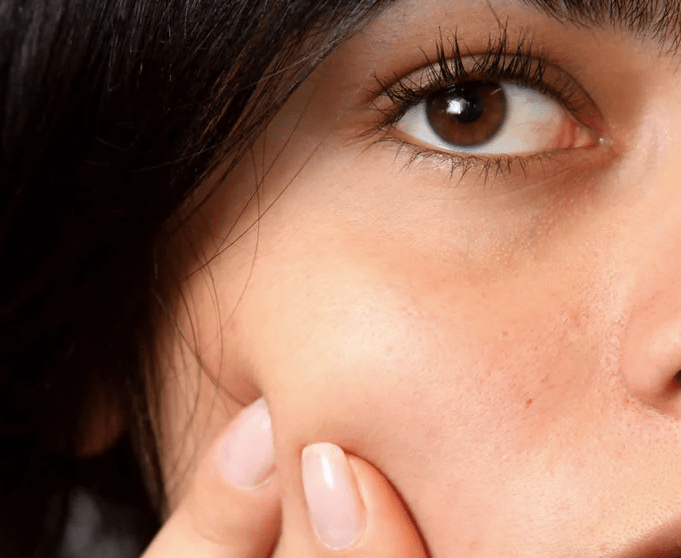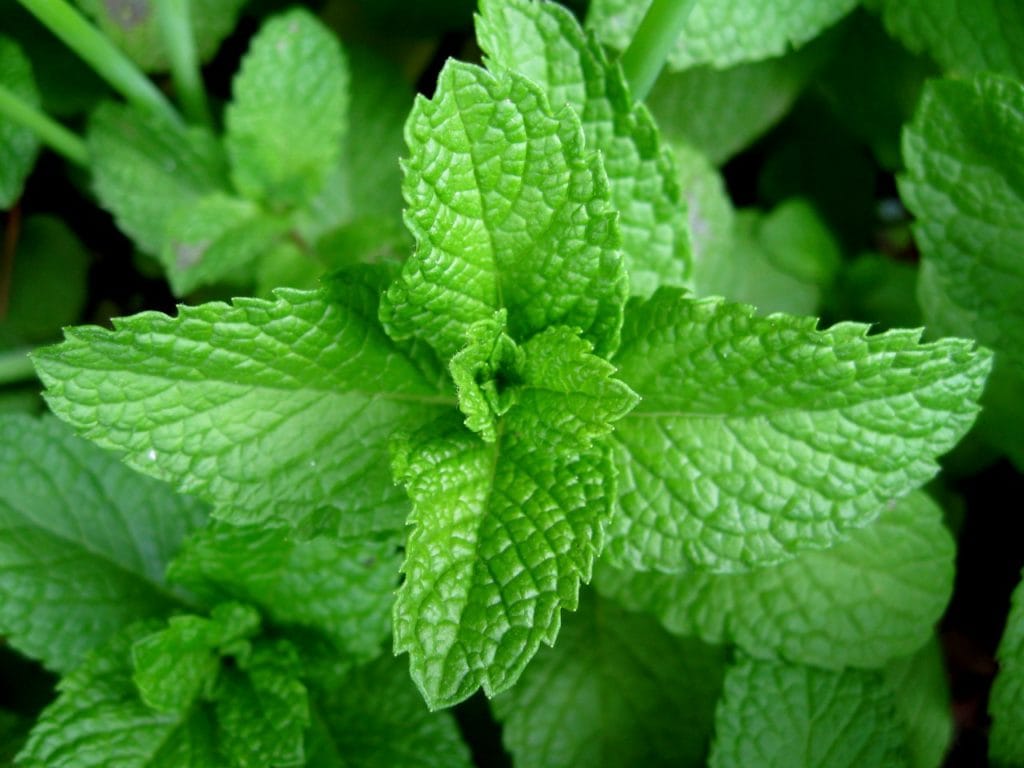Instagram Fad or Not All Bad? Our Top 3!
We all know Instagram is packed full of information on skin care. Like all walks of life, some of it good, some of it not so much. We’re here to delve into arguably the most popular 3 “fads”:
Chemical Peels
Chemical peels are an increasingly popular procedure among skin care enthusiasts. Unlike physical exfoliants that scrape off dead skin cells, chemical peels use acids to strip the skin of its topmost layer. The result is a fresher, more youthful appearance. We know it sounds scary, but if done properly, chemical peels can be very effective.
Understand the procedure and decide whether or not it’s right for you!
The Science Behind Chemical Peels
Alpha Hydroxy Acids (AHAs) and Beta Hydroxy Acids (BHAs) are active acids in chemical peels that break down the skin’s tissues to stimulate collagen production, even out skin tones and textures, and promote overall skin growth.
Peels composed mainly of alpha hydroxy acids tend to be the best option for dryer, damaged skin. But a combination of Alpha Hydroxy Acids (AHAs) and Beta Hydroxy Acids (BHAs) is more common as a solution to acne scarring and hyperpigmentation.
Ask a board-certified dermatologist today!
Six Things To Know Before Getting A Chemical Peel
1. Whether or Not You Need One
Many toners and serums incorporate very low percentages of AHAs and BHAs which exfoliate your skin bit-by-bit everyday. For those who use AHAs and BHAs frequently, an intense chemical peel may not make much of a difference.
2. How Your Skin Will React
When applied, chemical peels may make your skin feel like it’s burning. After the procedure , your skin is often left with a reddish-pink, raw appearance, and texture. After a few days, the skin peels. This may sound frightening, but by inflicting a minor injury on the skin, chemical peels activate skin repairing bodies.
Many have reported positive results after receiving a chemical peel, but everyone’s skin reacts differently. Burning and redness may signify something other than positive results. That’s why it is important to determine how your skin will respond by testing the peel on the back of your hand or your neck.
3. What Percentages Do You Use
Now that you’ve decided that chemical peels are suitable for your skin, choose wisely. According to the Food and Drug Administration advisory panel, concentrations of AHAs and BHAs under 10% are safe for at home use, while concentrations that exceed 30% are better reserved for professional settings.
While most chemical peels sold by skin care companies have a relatively safe concentration of AHAs and BHAs, it is easy to come across chemical peels with higher concentrations online. Warning:Experts warn consumers to stay wary of using high percentages of these acids in a unregulated environments.
Curious about other procedures or treatments for your skin concerns? Ask a board-certified dermatologist today!
4. What Products To Avoid
If you use other active ingredients regularly in your daily skin care regimen, it is important to know which ones do not work well with chemical peels. Retinoids are notorious for further irritating the skin when mixed with chemical peels. Products with alcohol or peppermint have similar negative effects on the skin when combined with chemical peels.
5. How Often To Get One
In-office professional peels are far more intense and abrasive. Therefore, ask your aesthetician or physician how frequently you should be getting the procedure done.
At-home treatments are far less abrasive, yet it is recommended to use chemical peels at most once or twice a week. The more sensitive your skin, the less frequently you should use them.
6. How To Take Care of Your Skin Afterwards
Two words: Moisturize and Protect!
Your skin is raw and delicate after a chemical peel , so it is important to protect the skin during its healing process by locking in the moisture. Apply your moisturizer day and night to soothe the irritated, red skin.
Avoid sun exposure at all costs, as fragile skin is more prone to aging, damage, discoloration, and scarring caused by harmful UV Rays. Apply sunscreen diligently and try to stay in the shade.
Risks
Chemical peels come with their own set of limitations and risks, just like any cosmetic procedure. It’s important to do your research and get a better understanding of whether or not the procedure is meant for you.
If you have further questions or want to address a skin concern, contact one of our board-certified dermatologists today!
Intense Pulled Light Therapy (IPL)

What are some things I should know about IPLs?
In the past few years, a new kind of treatment for skin issues called Intense Pulsed Light therapy or IPL has emerged. IPL uses bursts of concentrated visible light to target problem areas deep within the skin.
What’s the difference between a laser and IPL?
Intense Pulsed Light is similar to a laser but there are differences. A laser uses only one wavelength of light while IPL uses a broad spectrum of many wavelengths.
During IPL therapy, the intense light passes right through the outer layers of skin. Deep inside the skin, areas that have darker coloring such as hair follicles or age spots absorb most of the light.
The light energy is converted into heat, destroying the dark cells, which are then reabsorbed by the body.
Are consumer grade IPLs safe for use?
It is a painless, effective, and safe way to manage certain skin problems. UV wavelengths are usually removed from the IPL spectrum, so the light does no damage to the outer layer of skin and does not increase the risk of cancer.
What is IPL used for?
Intense Pulsed Light therapy is effective for a variety of skin conditions that cause darkening. It was originally used for dermatologic problems caused by blood vessel issues, such as port wine stains, rosacea, and spider angiomas.
IPL is very effective at reducing these kinds of discoloration. It can also be used to treat acne scars, excessive freckles and age spots. Certain models of IPLs can safely be used for hair removal.
If you’re unsure whether or not IPLs are right for you, consider asking a dermatologist.
What else should I know about IPLs?
Different wavelengths of light correspond to different colors, and certain skin conditions absorb some colors of light better than others.
For example, a port wine stain absorbs more red light than the area around it. In these cases the light used for IPL may be tailored specifically to the skin tissue being treated. This increases the effectiveness of the IPL as well as helping to protect healthy skin.
During an Intense Pulsed Light treatment, a cooling gel is usually applied to the area being treated. This reduces the sensation of heat from the light.
Sometimes this cooling gel is combined with an anaesthetic, but this is not always necessary as IPL does not cause pain.

Ask your dermatologist if IPLs are right for you
Some users report that IPL feels like a repeated flicking or snapping sensation on the skin. Glasses or goggles can be worn to protect the eyes and the IPL is provided through a small wand that is moved over the skin. Treatments usually last about 20 minutes and you may need several treatments.
IPL light does not affect the outer layer of skin and it can sometimes take a while for the changes underneath the skin to become visible, even when the treatment is working well.
There is no recovery necessary after an IPL treatment, but in some cases the skin being treated might turn pink as though it has been sunburned, with a stinging or prickling feeling. This side effect is uncomfortable but not harmful, and should go away within a day or two.
If you have any skin-related questions or concerns, ask a First Derm dermatologist!
Microneedling
Microneedling has become a sensation after seen performed on celebrities like Kim Kardashian and Gwyneth Paltrow. Pictures of bright red faces, sometimes dotted with blood, have caught the attention of everyone on social media. There is much buzz around the procedure and even more confusion. But fear not! First Derm is here to give you a quick rundown on this latest cosmetic craze.

What is Microneedling?
This popular practice, also known as collagen-induction therapy, is a procedure in which a device covered in miniscule needles puncture the skin to create tiny wounds. Collagen and elastin production increases to repair those wounds, leaving the skin smoother, tighter, and firmer. During microneedling sessions, licensed professionals perform microneedling by combining fine needles with radio frequency energy. They also often apply a numbing cream to lessen the tingling sensation.
The procedure is an effective method for treating melasma, alopecia, cellulite, and fine lines. These common skin and hair conditions are resolved because of the stimulation of the body’s natural repair mechanisms. In addition, mirconeedling procedures improve atrophic facial scars. Atrophic scars, often caused by acne, create pits in the skin due to fat and muscle loss.
Want a better understanding of how to approach your skin concern? Ask one of our board-certified dermatologists today!
Alternative Methods
Nonablative fractional lasers is an alternative to microneedling in treating deep-rooted acne scars. But according to Dermatologic Surgery, microneedling performs similar results with fewer side effects and less downtime. Plus, it’s several hundred dollars cheaper: nonablative fractional lasers can cost anywhere between $1000-$3000, while microneedling averages to about $300 per session.
While studies have shown that microneedling is a favorable treatment for atrophic scars, more effective methods exist in healing other types of deeply-rooted acne scars. Indian Online Dermatology Journal reports that alternative procedures, like punch incision, microdermabrasion, or deep chemical peels improve the appearance of pitted scars, boxcar scars, and linear scars.
To determine if microneedling is a procedure that could help you with your skin concerns, ask a licensed dermatologist!
Can You Perform Microneedling at Home?
The short answer: no. Only a licensed dermatologist or esthetician can perform the microneedling procedure. However, you can mimic a similar procedure at home with derma roller. Using derma rollers can create teeny punctures to tighten the skin and allow for the skin to soak ingredients in skin care products. But unlike microneedling, the derma roller cannot penetrate the dermis.
This at-home version of microneedling also comes with its own set of rules, risks, and limitations. It’s essential that you keep your derma rollers in isopropyl alcohol when not in use. This is a good habit that prevents further bacteria or dirt from contaminating the skin when you use it again.
Acne
In the case of acne, you should suspend the use of derma rollers entirely or avoid the breakout area when in use. Why? They can open pimples to more bacteria and cause further irritation to the skin. Derma rollers may not be suited for all skin types either. The procedure is sometimes linked to worsening hyperpigmentation in darker-skinned individuals.
After all, the success of derma rollers depends patient to patient, consult one of our dermatologists before grabbing one to see if it is right for you!
Ask a Dermatologist Now
Anonymous, fast and secure!

The Specialist doctor from the University Hospital in Gothenburg, alumnus UC Berkeley. My doctoral dissertation is about Digital Health and I have published 5 scientific articles in teledermatology and artificial intelligence and others.




